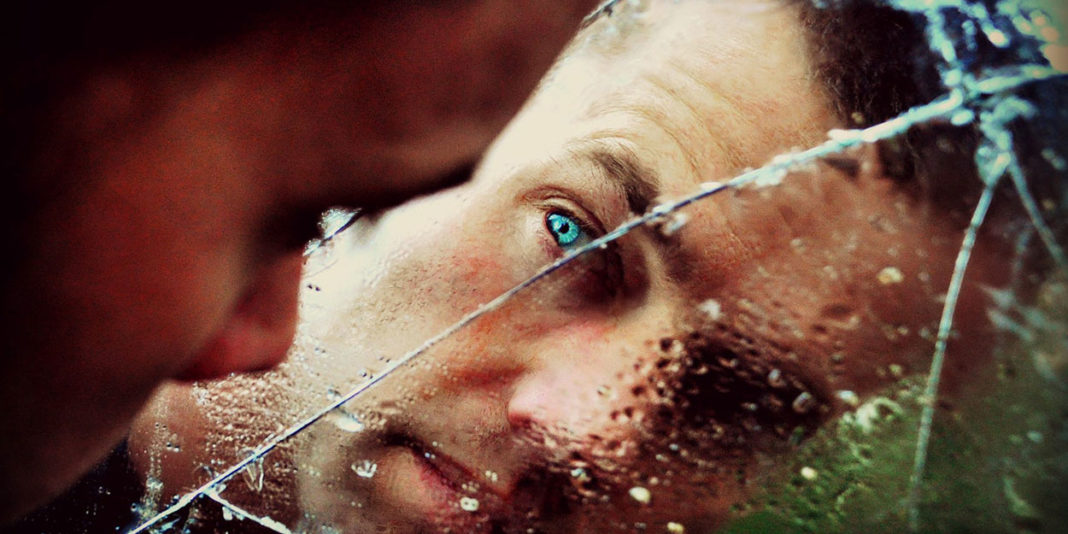“Would Playboy sell so well if it didn’t have naked women in it?”
That was a question included in FAQ section of Playboy magazine’s website about a decade ago. Their answer: “Probably not. We’ll never know.”
Never came sooner than expected. In 2016 the print edition of Playboy tried an experiment: the magazine would still feature women in provocative poses, but they would no longer be fully nude. This year Playboy returned to publishing nudity. It turns out nobody was reading it just for the articles.
While the experiment was short-lived, it still came as a shock. If you were to travel back in time to mid-1970s—when Playboy reached its pinnacle of circulation at 5.6 million—and told people the magazine was forgoing nudity, the assumption would be that that the anti-pornography faction must have finally won. But just the opposite happened. As Scott Flanders, the company’s chief executive, said at the time, “You’re now one click away from every sex act imaginable for free. And so it’s just passé at this juncture.”
“Playboy is now a crusty relic in the world of on-demand, anything goes, anywhere-I-want, digital sexuality,” said William Struthers, a professor of psychology at Wheaton College and author of Wired for Intimacy: How Pornography Hijacks the Male Brain. “Nearly six decades ago it began cultivating an appetite for sexual images that has grown hungrier and now is ravenous across our culture. Interestingly, the culture now no longer has a taste for what Playboy has to offer.”
Read more on The Gospel Coalition










